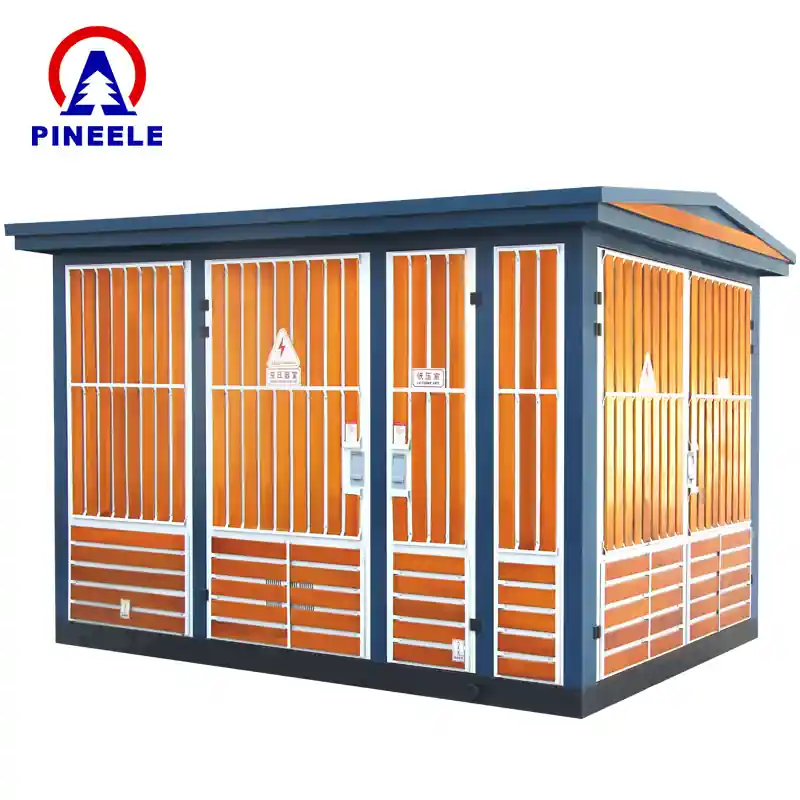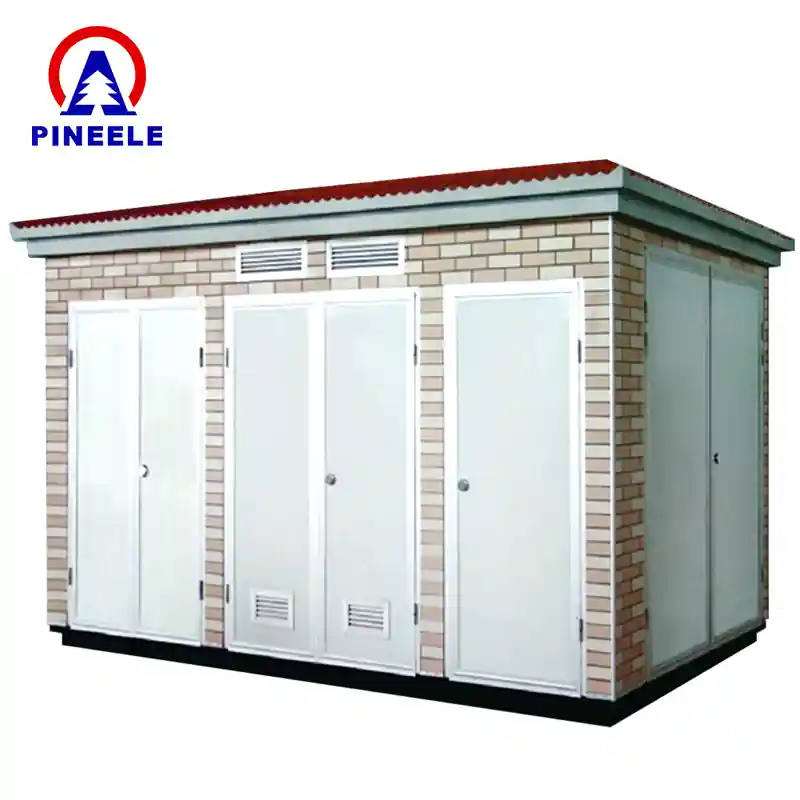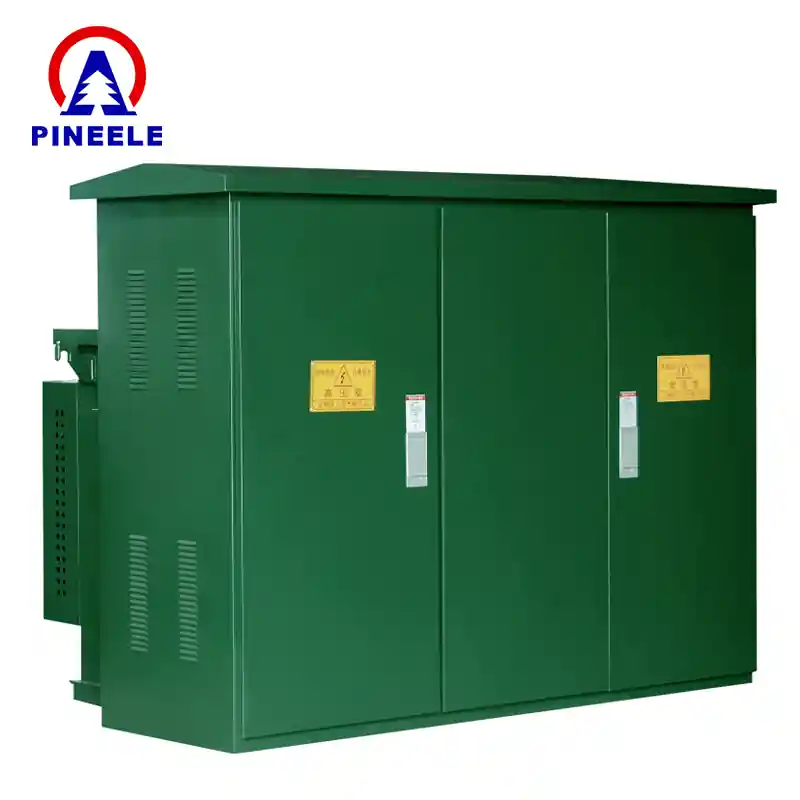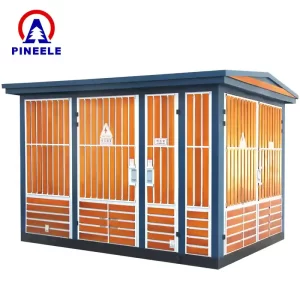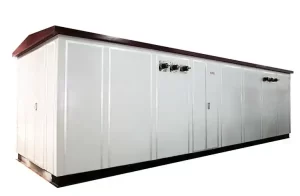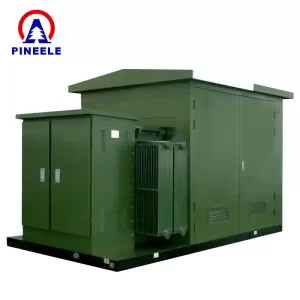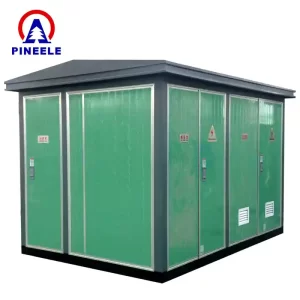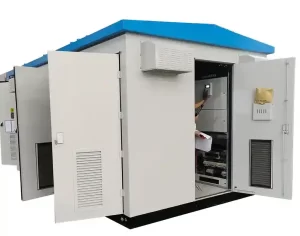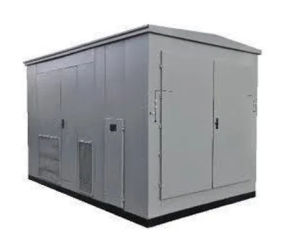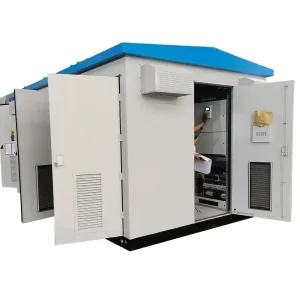Introduction
A 33kV substation is a crucial component in medium-voltage power distribution networks. It serves as an intermediate station between high-voltage transmission systems (such as 132kV or 66kV) and lower voltage levels (such as 11kV or 415V), enabling efficient and safe distribution of electricity.
33kV substations guide are essential in a wide range of power systems, including utility distribution grids, industrial zones, infrastructure projects, and renewable energy systems. Their design and functionality significantly influence overall power quality, reliability, and grid management.
This article provides an extensive analysis of 33kV substations — their structure, types, components, applications, technical parameters, installation practices, and more.
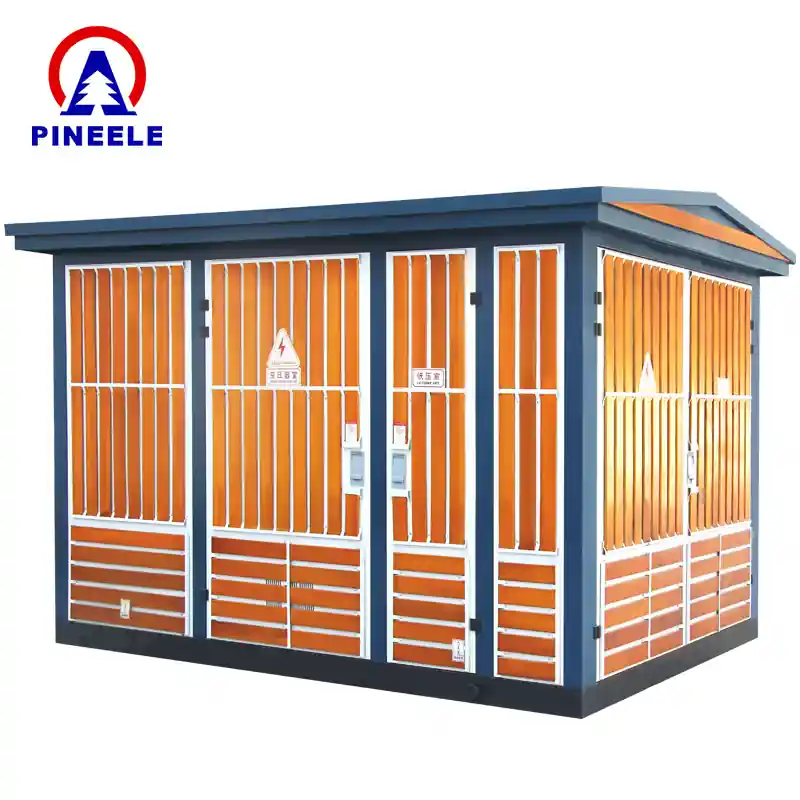
1. Key Components of a 33kV Substation
A 33kV substation typically consists of the following essential components:
a. Power Transformers
- Step-down voltage from 33kV to 11kV or lower
- Types: Oil-immersed, Dry-type
- Features: High-efficiency cooling (ONAN/ONAF), overload protection
b. Switchgear
- Medium-voltage switchgear for control and protection
- Circuit Breakers: Vacuum Circuit Breakers (VCB) or SF6 type
- Disconnectors, Load Break Switches, Isolators, Earth Switches
c. Busbars
- Made of copper or aluminum
- Configurations: Single, Double, Ring-type
- Ensures fault tolerance and power rerouting
d. Protection Devices
- Overcurrent Relays
- Differential Relays
- Earth Fault Relays
- Surge Arresters
- Fuses
e. Control Panels
- Local/Remote operation capability
- SCADA-ready digital control
- Indications, alarms, metering
f. Auxiliary Systems
- DC & AC auxiliary power supply
- Battery banks
- HVAC (for indoor substations)
g. Earthing & Lightning Protection
- Essential for equipment and personnel safety
- Mesh earthing or grid-based systems
2. Technical Specifications Table
| Component | Specification Range |
|---|---|
| Rated Voltage | 33kV |
| Secondary Voltages | 11kV / 415V / 230V |
| Transformer Capacity | 500kVA to 10MVA (custom up to 25MVA) |
| Frequency | 50Hz / 60Hz |
| Short Circuit Rating | 25kA for 3 sec |
| BIL (Impulse Level) | 170kVp |
| Busbar Rating | 1250A – 4000A |
| Cooling Method | ONAN / ONAF |
| Breaker Type | VCB / SF6 |
| Communication Protocols | IEC 61850, Modbus, DNP3 |
| Enclosure Type | Indoor / Outdoor (IP55 or above) |
3. Types of 33kV Substations
a. Outdoor Substation
- Suitable for rural or semi-urban areas
- Cost-effective and easy to maintain
- Needs fencing and proper safety zones
b. Indoor Substation
- Compact, weather-protected
- Best for urban centers and critical infrastructure
- Requires HVAC and fire suppression
c. Package/Compact Substation
- Integrated design combining transformer, switchgear, and protection
- Plug-and-play type, saves space
- Often used in solar farms, mobile towers, and rapid deployment needs
d. Mobile Substation
- Mounted on trailers
- Used for emergencies, grid failure backups, or temporary events
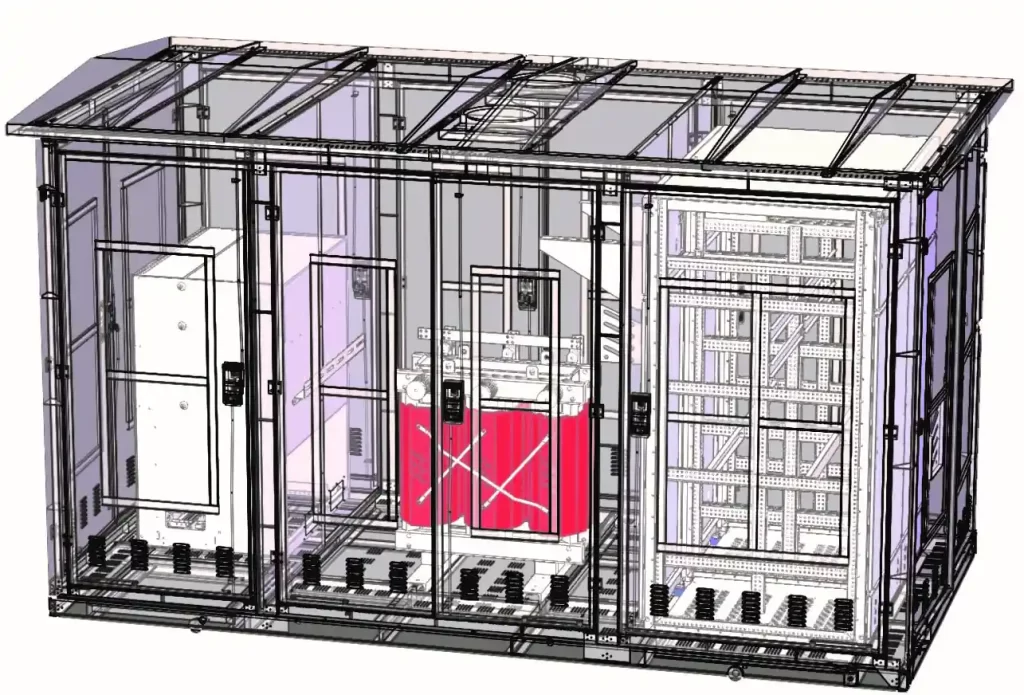
4. Applications of 33kV Substations
33kV substations are used in a wide variety of industries and infrastructure setups:
- Power distribution utilities: stepping down voltage for towns and villages
- Large manufacturing facilities
- Mining and metallurgy plants
- Renewable energy integration: solar, wind, hybrid farms
- Transportation: metro, railways (traction power)
- Commercial buildings: data centers, shopping malls
- Military and defense bases
- Hospitals and universities
5. Advantages of 33kV Substations
- Reduced transmission loss due to optimal voltage level
- Enhanced safety with modern protection relays
- Scalability for future capacity additions
- Automation-ready (SCADA, remote diagnostics)
- Customizable designs (AIS, GIS, hybrid)
- Eco-friendly with reduced SF6 and efficient cooling
6. Installation & Commissioning Guidelines
- Conduct feasibility and soil resistivity tests
- Ensure adequate clearance and safety zones
- Use civil foundations for equipment
- Lay control cables in trenches with markings
- Verify earthing and bonding continuity
- Test each relay, CT, PT, and breaker as per IEC 60255
- Perform insulation resistance test, contact resistance test
- Integrate with SCADA (if applicable)
- Load and no-load commissioning
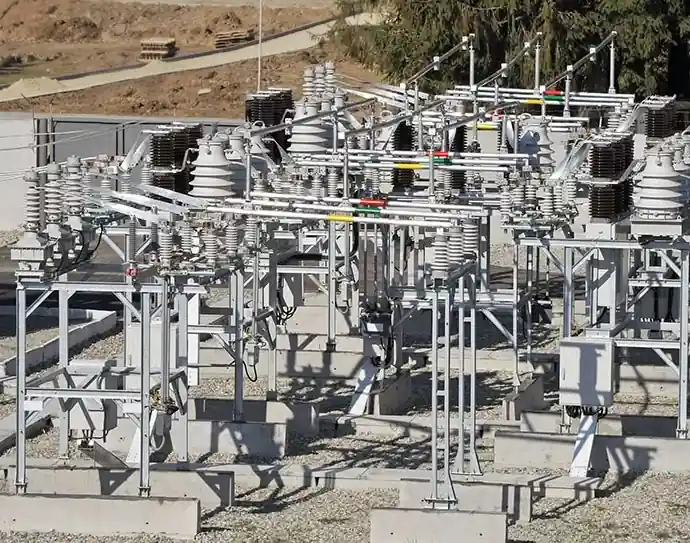
7. Safety & Standards
33kV substations must conform to international and local standards:
- IEC 62271 – High-voltage switchgear
- IEC 60076 – Power transformers
- IEEE 1584 – Arc flash studies
- ISO 45001 – Occupational safety
- IEC 61000 – EMC compliance
- National Fire Protection Association (NFPA) codes
8. Emerging Technologies in Substations
- Digital substations with IEDs
- Arc flash detection and protection relays
- Remote diagnostics via IoT
- Smart switchgear with predictive maintenance
- Integration with Battery Energy Storage Systems (BESS)
- Cybersecurity hardened control panels
9. Frequently Asked Questions (FAQ)
Q1: What makes 33kV substations ideal for industrial use?
A1: 33kV provides a balance between high transmission capacity and manageable equipment size, making it cost-effective for industrial-scale power needs.
Q2: How do you determine the size of a 33kV substation?
A2: It depends on the total connected load, future expansion plans, voltage drop calculations, and fault level studies.
Q3: Can a 33kV substation operate with renewable sources?
A3: Yes, many solar and wind farms step up or step down power through 33kV substations integrated with inverters and smart protection.
10. Conclusion
The 33kV substation is an essential part of the modern electric power system. From urban networks to renewable power integration, it serves as a reliable, safe, and scalable solution for voltage transformation.
Whether designed as indoor GIS systems or open outdoor AIS substations, they provide efficient Power management. With advancements in automation and digital monitoring, future substations will only become more intelligent and sustainable.
If you’re planning a project requiring a 33kV substation, consult our expert engineering team for customized design and support.
